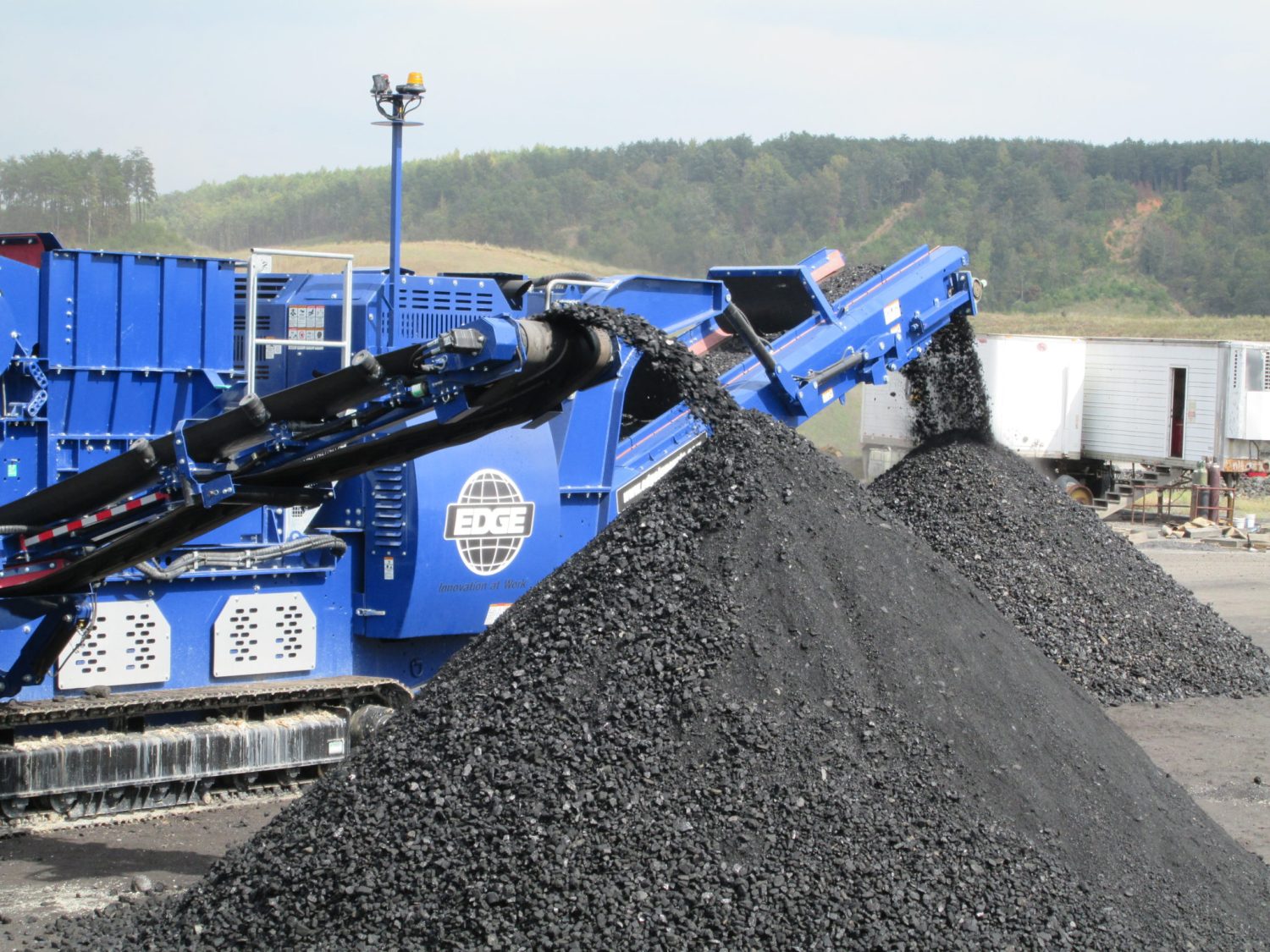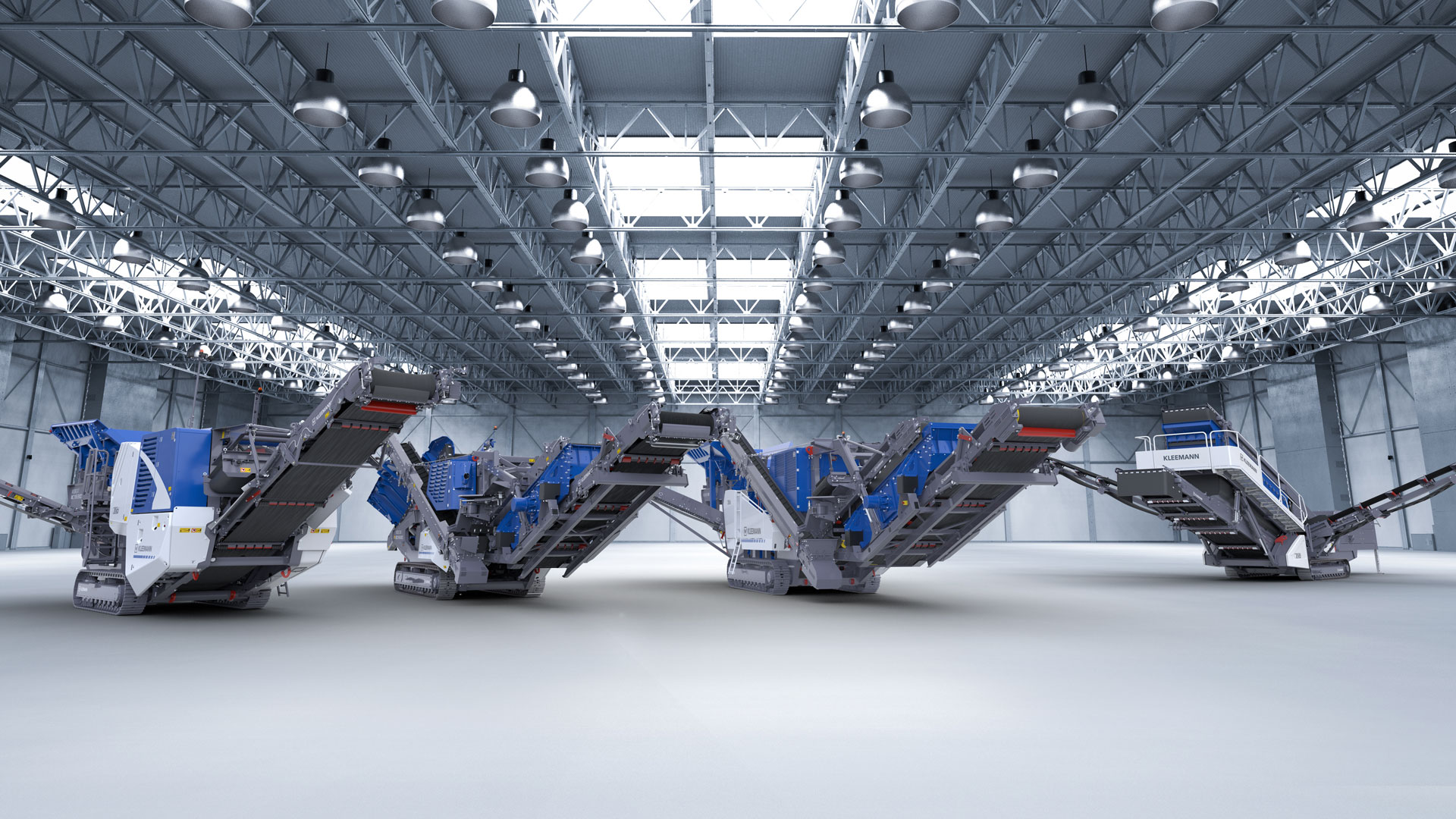
Are you looking to understand the basics of crusher machine design and operation? If so, then you have come to the right place. In this article, we will explore the different components of a crusher machine and how they work together to create a powerful tool.
Well discuss topics like crushing force calculation, power requirements for various tasks, safety considerations when using a crusher machine, and other important concepts related to its design and operation.
By the end of this article, you should be well-equipped with an understanding of what goes into making a powerful and reliable crusher machine that is ready for use in any environment. So lets get started!
Overview of Crusher Machine Design and Operation
The design and operation of crusher machines are integral to many industrial processes. Utilizing modern technologies, crushers can efficiently reduce the size of materials while creating minimal waste. Understanding the basics of how a crusher machine works is essential for operators and engineers in order to maximize efficiency and output. This overview will provide an introduction into the components, applications, advantages and maintenance requirements associated with effective crusher machine design and operation.
Crusher machines generally consist of two main components: crushing chambers (jaws or rollers) that apply force to material; and motors which provides power to drive the process forward. The type of machine chosen depends on the desired application such as primary/secondary crushing, urban construction or heavy-duty mining operations among others. In some cases a combination of machines may be used together depending on specific needs or space constraints.
Advantages offered by efficient crusher designs include increased throughput capacity, improved safety features for workers operating them as well as reduced energy consumption—allowing for cost savings associated with their use over time. It should be noted however that improper installation or set up can create issues such as product contamination, excessive noise levels from vibration caused by debris accumulation within a chamber thus it’s important to carefully follow manufacturer instructions when installing new systems or performing maintenance activities..
Overall successful implementation requires careful consideration prior to purchase regarding what types best fit operational needs including factors like material properties and sizing capabilities along with understanding ongoing requirements for serviceability including lubrication schedules along with inspection procedures designed to identify any potential wear points so they may receive timely attention before major damage occurs resulting in costly repairs down line.
Types of Crushers and Their Characteristics
There are a variety of different types of crushers used in the construction and mining industries, each with their own characteristics. Jaw crusher machines are typically used for primary crushing operations because they provide excellent material reduction capabilities.
The jaw is designed to crush large rocks into smaller pieces, so that it can be processed further down the line. Cone crushers are another popular choice for applications requiring precise control over finished product size and shape.
They feature an adjustable mantle and bowl liner configuration which allows them to produce a range of particle sizes from coarse to fine. Impact crushers use high-speed rotating hammers to break up materials as they pass through the machine, resulting in uniform particle sizes suitable for road construction or other uses.
Finally, gyratory crushers work by using a combination of both compression and impact forces; these machines offer maximum power efficiency while providing superior product quality compared to traditional jaw or cone designs. Each type has its own advantages depending on application needs – understanding how each works is essential when designing any type of crushing operation.
Operating Principles of a Crusher Machine

Source: wirtgen-group.com
The operating principles of a crusher machine are fundamental to its design and operation. Crusher machines use mechanical forces, such as compression, shear, impact or grinding to reduce material into smaller particles.
The size of the particles is determined by the type and speed of the crushing mechanism used. Generally speaking, slower speeds are used for coarse materials while faster speeds are used for finer materials. Additionally, jaw crushers typically employ two surfaces—a stationary surface that can move in an arc around the central axis and a movable surface which moves within the stationary one—to crush objects between them.
Cone crushers on the other hand utilize rotating cones which oscillate about a vertical axis to break up objects within their chamber walls. In both cases, force is applied until an object has been sufficiently reduced in size before being discharged from its compartment. Ultimately, understanding these operating principles helps us identify opportunities for improvement in existing designs or development of new designs altogether.




